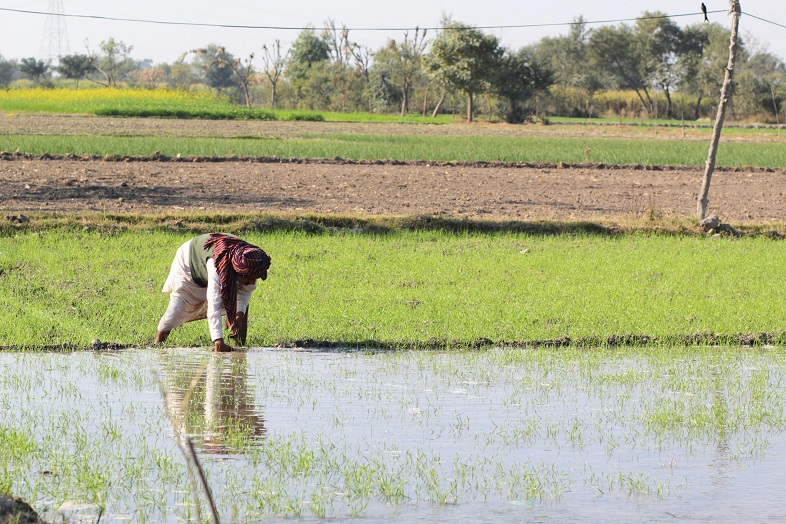Andhra Pradesh’s natural farming approach, as outlined in a study by the Food and Agriculture Organization (FAO) and the state government, could significantly boost employment and farmers’ incomes by 2050. The analysis, part of the AgroEco2050 initiative, compared two future agricultural scenarios: one focusing on intensifying industrial farming and the other on scaling up natural farming, or agroecology. The findings suggest that natural farming could employ double the number of farmers as industrial agriculture—10 million versus 5 million—while reducing production costs and generating better market returns for high-quality produce.
The transition to natural farming would also address the income gap, narrowing the disparity between farmers and non-farmers from 62% in 2019 to just 22% by 2050, compared to 47% under industrial agriculture. The natural farming model would support a more sustainable agricultural community with only 7% unemployment, as opposed to 30% in the industrial agriculture scenario. Launched in 2016, the Zero Budget Natural Farming (ZBNF) program, which covers 6 million farmers and 6 million hectares, is a core part of this transition toward chemical-free, cost-effective farming.
Environmentally, natural farming would reverse land degradation and desertification trends, covering 8.3 million hectares by 2050. Though yields per hectare may be slightly lower, the food produced would be more nutritious, with higher levels of macronutrients, micronutrients, and fiber, all grown without chemicals. This approach, based on current agricultural practices and macroeconomic trends, incorporates a wide range of stakeholder input, fostering a collaborative effort for a sustainable and inclusive agricultural future.


Leave a Reply